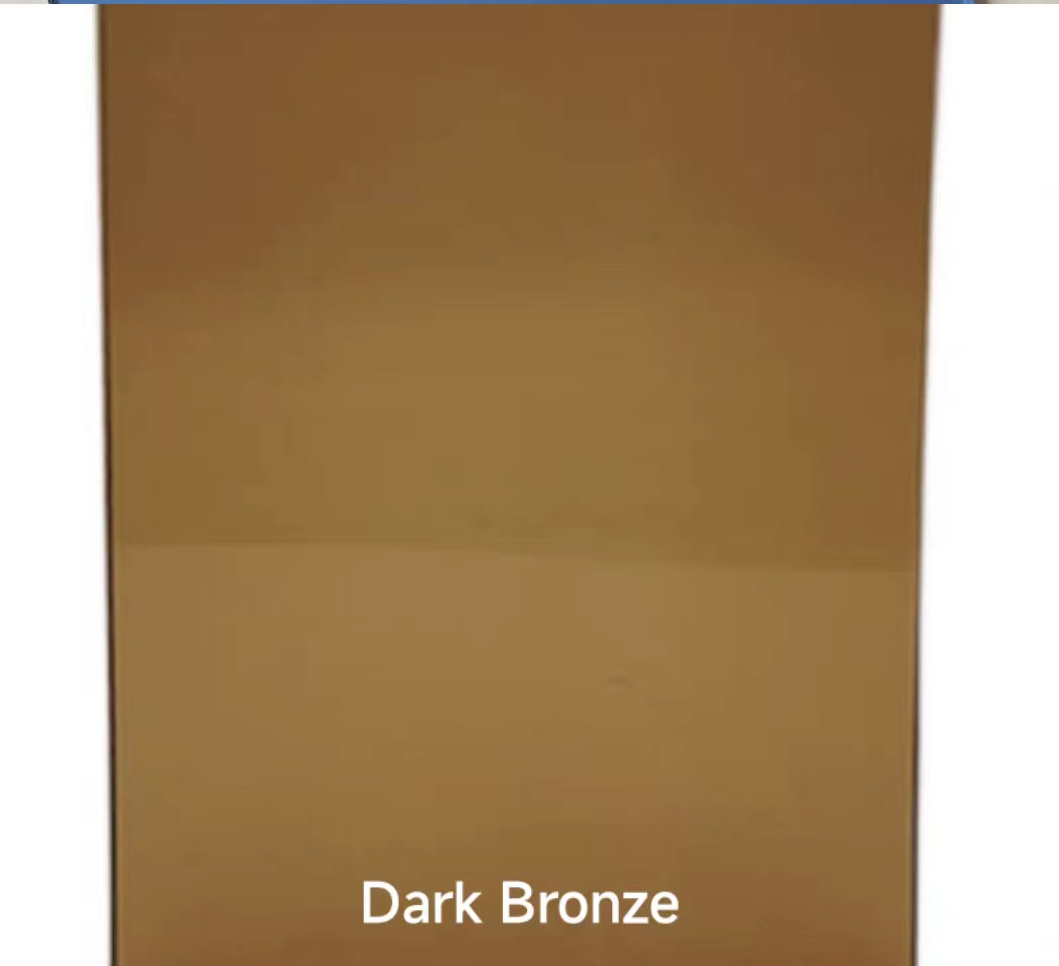

Understanding Low Emissivity Low E Glass
In recent years, energy efficiency has become a paramount concern for homeowners, builders, and architects alike. One innovation that has significantly contributed to better energy conservation in buildings is the development of low emissivity (Low E) glass. This type of glass has revolutionized the construction industry by enhancing thermal performance while allowing natural light to enter indoor spaces.
Low E glass is coated with a thin layer of metallic oxide that reflects heat while allowing visible light to pass through. This special coating is designed to diminish the emissivity of the glass, which refers to its ability to radiate heat. In simpler terms, Low E glass minimizes heat loss during winter and reduces heat gain during summer, thus promoting a comfortable indoor climate year-round.
Understanding Low Emissivity Low E Glass
Another advantage of Low E glass is its UV protection. The coating also filters out harmful ultraviolet (UV) rays. Prolonged exposure to UV rays can lead to fading of furniture, carpets, and artwork. By installing Low E glass windows, homeowners can preserve the integrity of their interiors while also protecting their health from excessive UV exposure.

The environmental benefits of using Low E glass are substantial. By reducing energy consumption for heating and cooling, it lowers greenhouse gas emissions that contribute to climate change. Therefore, for those looking to create a more sustainable living environment, Low E glass is a practical choice.
Architects and builders appreciate Low E glass not only for its efficiency but also for its aesthetic qualities. Low E glass is available in various styles and can be incorporated into different types of windows and buildings without compromising design. It complements modern architectural trends by providing large windows that maximize views and natural light while maintaining energy performance.
Moreover, the durability of Low E glass adds to its appeal. The coating is designed to withstand external conditions, ensuring that it does not easily wear out over time. This longevity makes it a worthwhile investment for property owners, as they benefit from decreased maintenance and replacement costs in the long run.
In conclusion, Low emissivity Low E glass represents a significant advancement in building materials that aligns with contemporary energy-saving practices and sustainable living. With its ability to improve energy efficiency, enhance indoor comfort, protect against UV damage, and contribute to environmental conservation, Low E glass is an excellent choice for anyone looking to modernize their home or building. As we continue to face challenges related to climate change, incorporating technologies like Low E glass is essential for creating a more energy-efficient and environmentally-friendly future.